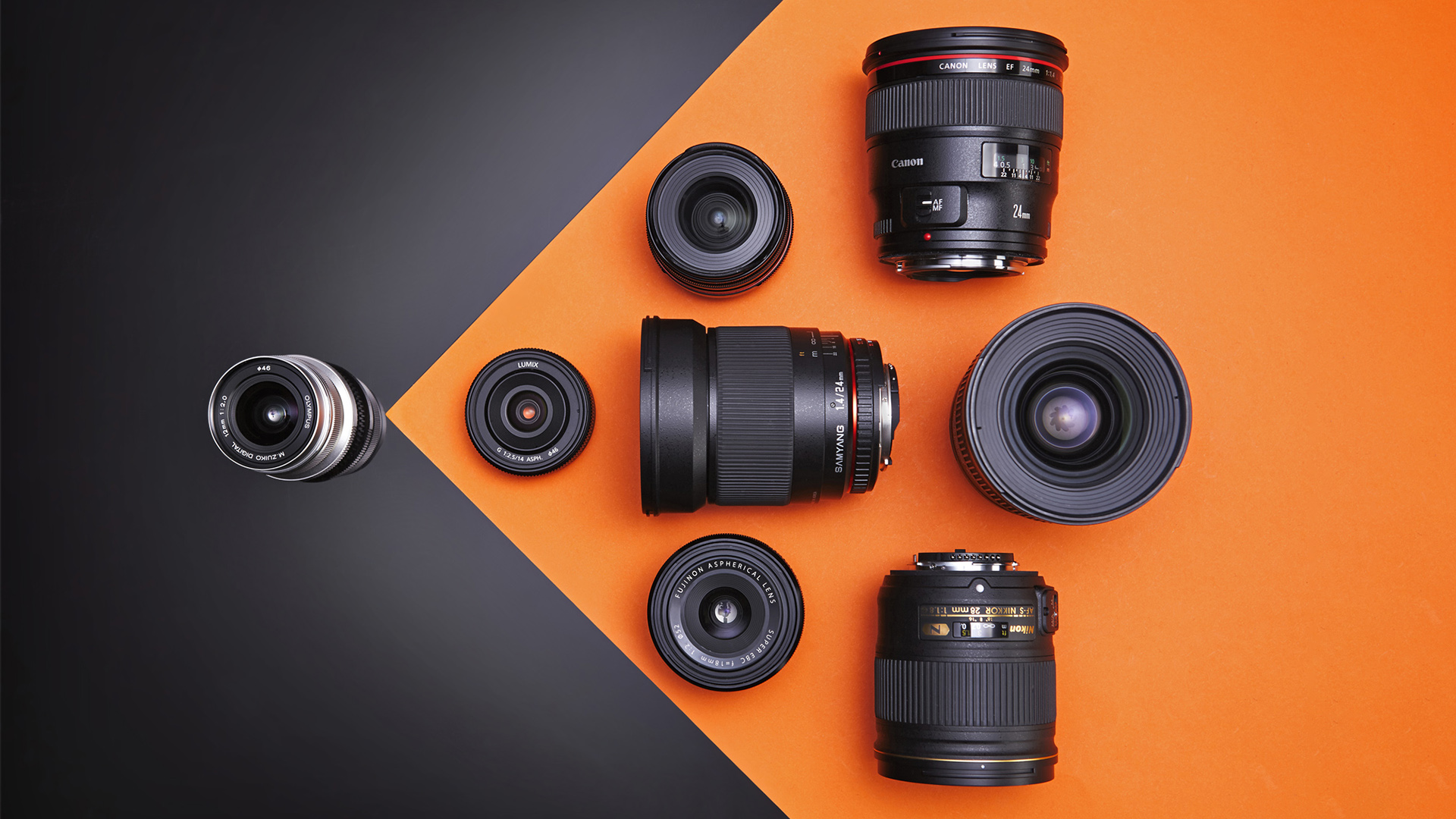Photography basics: Angle of view

Angle of view is a measure of how much of a scene or subject a lens can take in. Expressed in degrees, the angle of view can be measured horizontally, vertically or diagonally across an image.
It's the focal length that's key: lenses with shorter focal lengths are able to capture more of a scene in a single shot, while longer focal lengths offer a much narrower view. You can, of course, move your camera further away in order to bring more of a scene in to the picture or move closer to produce a tighter shot – or stay where you are and adjust the setting on a zoom lens – but the angle of view for the chosen focal length doesn't change.
What does change is the relationship between the objects in the picture if you physically move closer or further away. Step forward with a wide lens and you'll continue to capture more of the background relative to the subject of the photo. A long lens will continue to take in a much smaller portion of the background relative to the subject as you move away.

Focal length and angle of view
When photographers talk about a lens' focal length, what they're really concerned about is the angle of view. This is because the angle of view determines how a scene can be framed and composed. Long lenses with focal lengths of 200mm, 300mm or 400mm and beyond offer narrow angles of view that make it easier to isolate objects within a wider scene.
The drawback to having an angle of view of just a few degrees is that it's equally easy to lose track of a subject, as a slight shift in the position of the camera can have a dramatic effect on which area is picked out by the lens. This problem is compounded if you're following a moving subject, as anyone who's tried photographing fast-flying birds up close through a 600mm lens will know!
Wide-angle lenses flip this problem on its head. Focal lengths in the region of 16-35mm are capable of sucking in a great deal of a scene in one photo, and consequently it's easier to initially frame the shot and to recompose quickly.
The downside of taking in an angle of view of almost 100 degrees is that it's easier for distractions to creep into the frame and it's more challenging to make an object stand out from all the 'noise'.
Sign up for breaking news, reviews, opinion, top tech deals, and more.